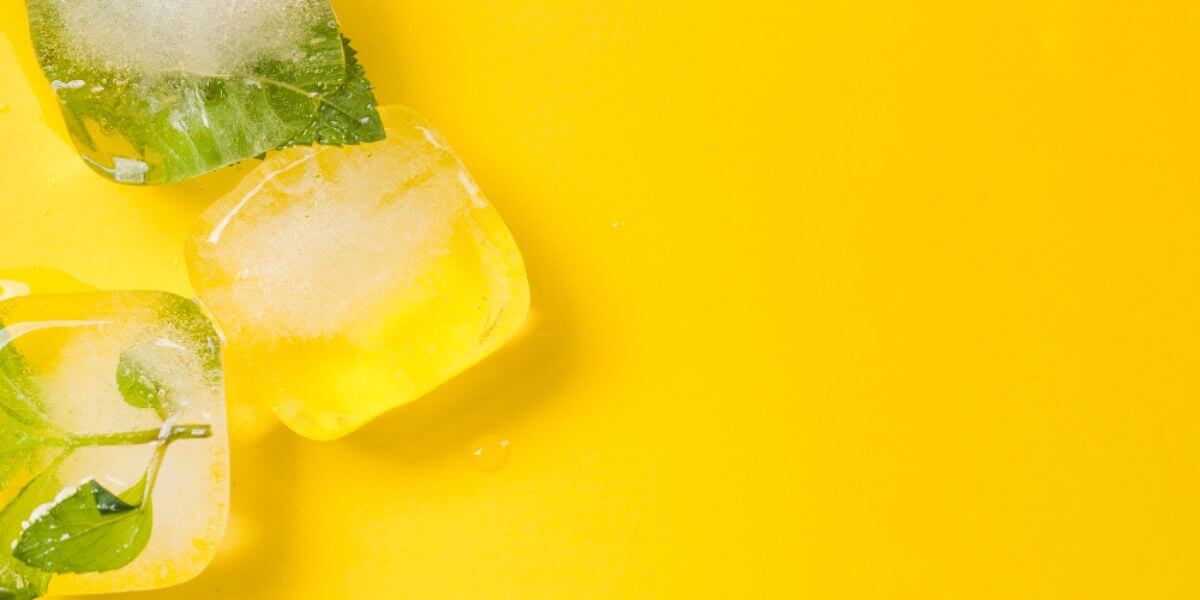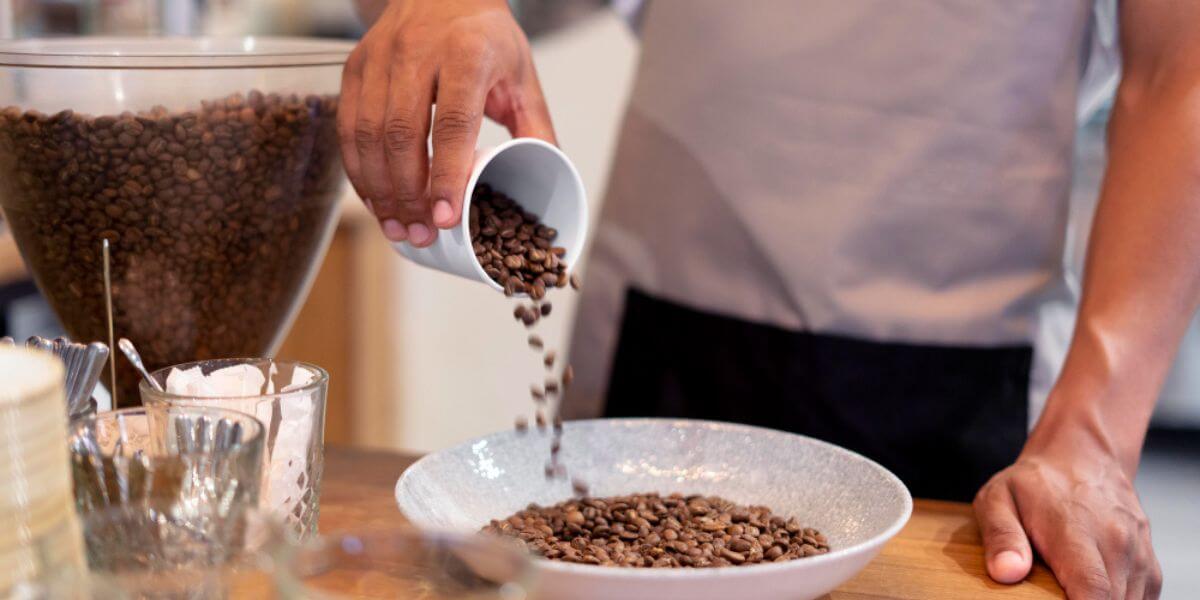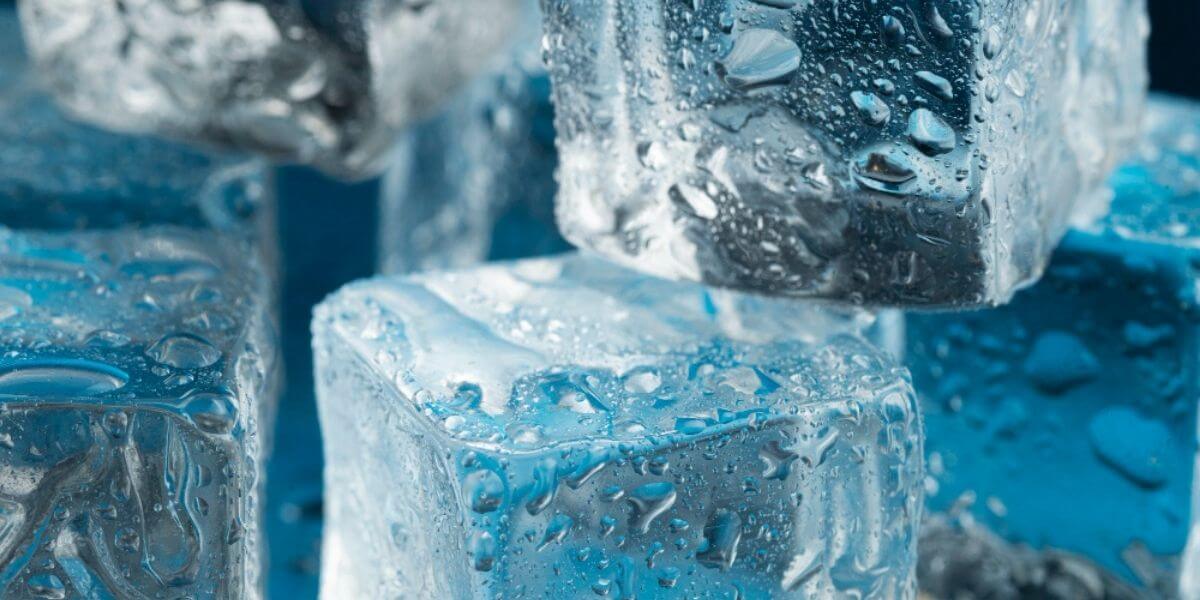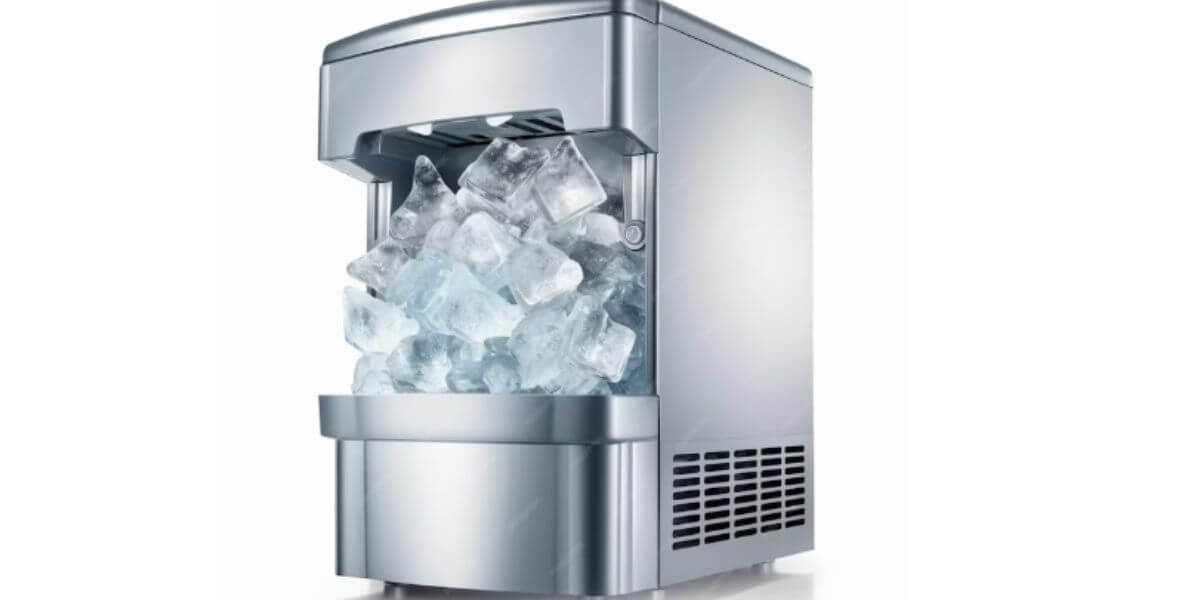How to Make Soft Ice at Home: Mastering the Art


Soft ice, commonly called soft-serve ice cream, has become increasingly popular. Its creamy texture and ease of customization for various flavors and add-ins have made soft ice an extremely desirable dessert option for many. Whether you’re a professional in the restaurant industry or a home chef looking to impress your guests, you’ll need to have a good understanding of soft ice making.
Soft ice is made by mixing various ingredients until a delicious dessert emerges, using special equipment and the right ingredients. When making soft ice, you can use specific techniques and tips to perfect your skills and create delectable treats every time!
Understanding the Ingredients Used to Produce Soft Ice
Soft ice requires only a few ingredients. Mixtures typically consist of milk, cream, sugar, and stabilizers such as gelatin or cornstarch to prevent crystal formation and give soft ice its creamy texture. Sugar adds sweetness while stabilizing agents avoid ice crystals for an ideal soft-ice experience.
Making soft ice requires using only the best ingredients. Soft ice tastes richer and creamier when made using fresh milk and cream; high-grade sugar ensures optimal taste, while fresh stabilizers provide a creamy texture.
Selecting Equipment for Soft Ice Making
Soft ice-making machines come with different features and capabilities. Countertop models, floor-standing models, and self-serve machines are among the most commonly available models.
When purchasing a soft ice maker, some key points must be remembered. First and foremost is capacity: be sure it can meet your production needs; consider how often and in what quantities of soft ice you plan to produce before selecting a machine that can accommodate this volume of soft ice production.
Another crucial consideration when purchasing an ice machine is freezing time. This time will determine how quickly soft ice can produce. Also, consider ease of use and maintenance requirements – ensure its longevity by finding one with user-friendly features like easy cleanup and upkeep.
Preparing Soft Ice Mix
Preparing a soft ice mix is vital to making soft ice. To get started, gather all of the required ingredients and equipment before mixing milk, cream, sugar, and stabilizers in a large mixing bowl until sugar dissolves into solution and stabilizers are thoroughly mixed in. Once whisked together, whisk until sugar has completely dispersed into the solution while stabilizers are evenly mixed throughout.
Once thoroughly combined, pour them into a pot and heat them while stirring to avoid burning or boiling over. Raise its temperature until it reaches 170degF (77degC) so that all stabilizers have activated fully for smooth and creamy soft ice.
Once your mixture has cooled to room temperature, cover it and store it in the fridge for at least four hours (preferably overnight). This will allow its flavors to develop while chilling thoroughly and comprehensively.
Tips for Making Soft Ice Chunks

Churning is essential in soft ice production as it incorporates air into the mixture to produce an airy and light texture. For optimal results, it is imperative to employ proper churning techniques to reach this goal.
Ensure your soft ice machine has been adequately chilled to maintain a constant temperature throughout the churning process. Once cooled, pour your chilled soft ice mix into its hopper. Turn on the machine and let it run for the recommended time (usually 20-30 minutes).
As part of the churning process, it is vital to observe soft ice closely. Check its consistency often to ensure it becomes manageable and soft – if too hard, too much churning may result in dense and icy textures, while too weak may not hold its shape and melt quickly.
Add Flavor and Mix-ins to Soft Ice
Soft ice is one of the greatest assets for its versatility in flavors and mix-ins, giving you plenty of opportunities for experimentation with various combinations and flavors.
To add flavors to your soft ice, you have several options for adding them. Add flavoring syrups or extracts to the mix before churning to flavor your soft ice. Or swirl in flavorful syrups or sauces when dispensing from your machine. This will create a marbled effect and bring bursts of flavor throughout each bite of soft ice!
Mix-in options are virtually limitless: from crushed cookies and candy pieces fruit purees, chunks of chocolate or nuts – even chunks of both! Once the churning process has concluded, fold the mix-ins evenly throughout your soft ice for optimal flavor and texture balance.
Storing and Serving
Proper storage techniques are critical to maintaining soft ice quality. After churning, transfer the ice into airtight containers and store it in a freezer at around -10degF (-23degC) to prevent ice crystals from forming while maintaining its creamy and creamy texture.
When serving soft ice there are a few tips you should remember when serving it. Pre-chilling the bowls or cones before scooping will prevent too much melting. Furthermore, use a clean and dry scoop when portioning out each serving to ensure an appealing presentation of soft ice treats.
Troubleshooting Common Soft Ice Making Issues
Soft ice-making may seem straightforward, but unexpected complications may arise. One such issue is ice crystal formation in soft ice, resulting from improper churning techniques or inadequate freezing time. To avoid this problem, follow the correct churning procedures and allow enough time for the soft ice to freeze before refreezing.
Soft ice often becomes too soft or melts away due to over-churning or improper storage techniques. To address this problem, monitor soft ice closely during its churning process and store it at an appropriate temperature in your freezer.
Cleaning and Maintaining
Proper cleaning and maintenance of soft ice-making equipment is essential to its long-term success and optimal performance. After each use, ensure all parts that come into contact with the soft ice mix are thoroughly cleansed using warm, soapy water and a soft brush to remove residue or build-up.
Additionally, your soft ice machine must be regularly checked and serviced. Check for wear or damage signs and replace worn-out parts as necessary. Lubricate any moving parts according to manufacturer recommendations to ensure smooth operation.
Conclusion
Soft ice creation takes practice and patience but with the appropriate techniques and tips. You can craft delicious and creamy treats every time. Achieve perfect soft ice consistency by selecting ingredients, equipment, and techniques carefully.
Test out various flavors and mix-ins to create original and exciting combinations. Ensure your soft ice stays in proper condition by adequately storing and serving it. As soon as any issues arise, make sure they’re resolved as soon as possible.
Soft ice-making equipment will continue to deliver premium soft ice when properly cared for and maintained regularly. Practice, experiment, and perfect your soft ice-making abilities as much as possible – be it for yourself, friends, or customers; they will surely appreciate the effort put in!
Frequently Asked Questions
What is the difference between soft ice and regular ice cream?
Soft ice has a higher air content, giving it a lighter and creamier texture than traditional ice cream.
Can I use low-fat milk instead of whole milk?
While whole milk yields creamier results, you can use low-fat milk for a lighter version of soft ice.
How can I store leftover soft ice?
Transfer any remaining soft ice to an airtight container and store it in the freezer. Be sure to let it soften for a few minutes before scooping.
Is it necessary to use an ice cream maker?
An ice cream maker recommends the best texture, but you can still make soft ice without one by freezing the mixture and stirring it every 30 minutes until it reaches the desired consistency.
Can I make soft ice without eggs?
Yes, this recipe doesn’t require eggs, making it egg-free and suitable for those with egg allergies.
Can I customize the flavors of soft ice?
Absolutely! You can experiment with various flavorings, extracts, and mix-ins to create unique soft ice flavors.




